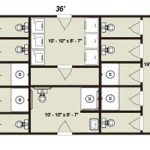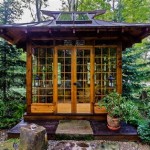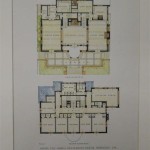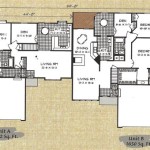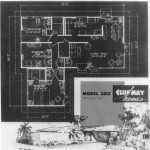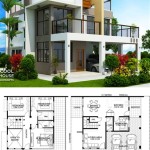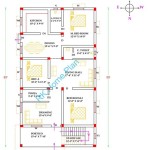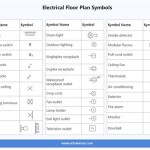Essential Aspects of Boarding House Floor Plan Design
Creating a functional and inviting boarding house requires careful consideration of its floor plan design. Here are some essential aspects to consider:
1. Room Layout and Configuration: Plan the layout of rooms and the number of beds per room. Consider the age and gender of potential tenants, as well as privacy and comfort levels. Design shared spaces like common areas, bathrooms, and kitchens to accommodate a range of activities and ensure adequate circulation.
2. Efficient Circulation: Design hallways and corridors that provide ample space for movement and avoid bottlenecks. Plan clear circulation paths from entrances to common areas and individual rooms. Consider accessibility for individuals with disabilities and ensure there are no tripping hazards or narrow passages.
3. Natural Lighting and Ventilation: Maximize natural lighting in all rooms and common areas to create a bright and airy atmosphere. Incorporate large windows and skylights to provide ample sunlight. Plan for adequate ventilation by including cross-ventilation or exhaust fans in bathrooms and kitchens.
4. Storage and Organization: Provide adequate storage space for tenants' belongings. Design closets, drawers, and shelves within each room. Consider a central storage area for shared items or bulky equipment. Utilize vertical space by incorporating loft beds or shelves to maximize floor space.
5. Safety and Security: Ensure the building complies with safety codes and incorporates features like fire alarms, smoke detectors, and emergency exits. Plan for adequate lighting around entrances and exits to enhance security. Consider installing security systems or cameras for added protection.
6. Outdoor Spaces: If possible, incorporate outdoor spaces for tenants' enjoyment. Design a patio, balcony, or garden area where they can relax, socialize, or simply enjoy the fresh air. Provide seating and consider amenities like a barbecue or fire pit to foster a sense of community.
7. Accessibility: Design the floor plan to ensure accessibility for individuals with disabilities. Consider ramps, elevators, or widened doorways to accommodate wheelchairs. Provide accessible bathrooms and kitchens that meet code requirements.
8. Flexibility and Adaptability: Consider the potential future needs of tenants. Design the floor plan to allow for future modifications or expansions. Plan for rooms that can be easily converted to accommodate changing demographics or evolving requirements.
Conclusion: A well-designed boarding house floor plan is crucial for creating a comfortable, functional, and safe living environment for tenants. By considering these essential aspects, you can ensure the building meets the needs of occupants and promotes a sense of community and well-being.

Simple Boarding House Design Building Plans Designs Minimalist

Small Boarding House Design Building Plans Designs

Gallery Of Bioclimatic And Biophilic Boarding House Andyrahman Architect 21 Hotel Floor Plan Plans Hostels Design

Gallery Of Permeable Junction Boarding House Andyrahman Architect 16

11 Boarding House Plans Ideas Floor How To Plan

Bioclimatic Boarding House By Andyrahman Architect Inhabitat Green Design Innovation Architecture Building

Gallery Of Bioclimatic And Biophilic Boarding House Andyrahman Architect 19 Hostels Design Home Floor Plans

Boarding House Construction Es Archives Philcon S

Boarding House 03 Plans

Hostal Bioclimático Y Biofílico Andyrahman Architect Hostels Design Home Floor Plans Boarding House

